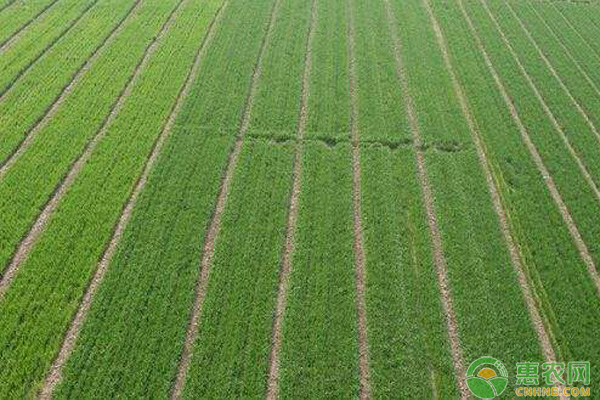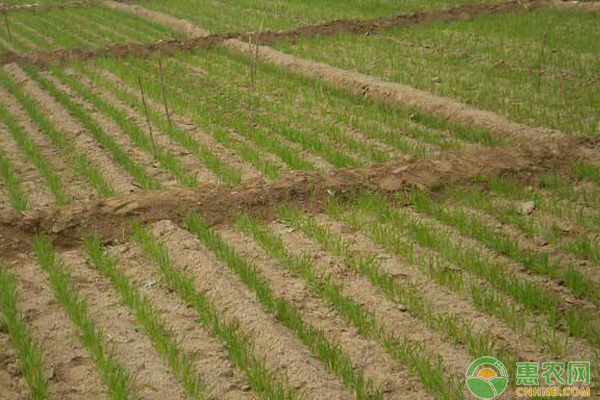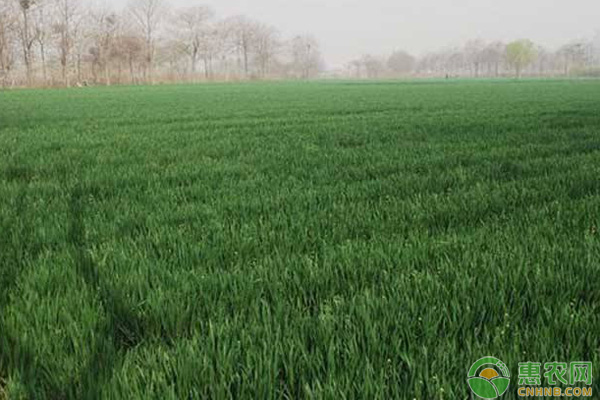What is the danger of sowing wheat? How to remedy management in the later period?
When we grow wheat, we usually plant it on the basis of acre, about 25-30 kg per acre, but some people say that they can sow 40-50 kg. In the sowing process, if the amount of seeding is relatively large, it will have a great impact on the growth period of wheat, such as the phenomenon of excessive planting of wheat. So what is the danger of wheat being too dense? How do we manage it properly during the growth period?

Wheat seeding is too dense
Wheat is too densely planted. In the early stage, it will cause wheat to appear weak and yellow, and compete with each other for water and nutrients, which is not conducive to the growth of all wheat plants. In the middle and late stages, tillering increases, the field is ventilated and the light is very large. Lowering, leading to increased pests and diseases, but also not conducive to prevention and control; secondly, to the heading and flowering period, can not be carried out normally, at the same time, because the root system is not firmly tied, the probability of lodging is greatly increased. All in all, the wheat is thick, and there are many disadvantages. The benefits are not seen.
In this case, how should the growers manage? In two stages, one is the seedling period and the second is the middle and late period.
1. Seedling stage
If the seedling period is found, the wheat is too thick and too dense, and the seedling work can be carried out. The seedlings are also said to be sparsely seeded, and the densely packed wheat seedlings are manually removed, leaving enough growth space for the seedlings to ensure the supply of nutrients. However, this method is suitable for a small planting area. If the planting area is too large, the amount of seedlings is too much, and the labor cost is too large, which is not suitable.

2, the middle and late
If it is found in the middle and late period that wheat is too thick and dense (not noticed in the seedling stage, it is only discovered in the middle and late stages), there is more work to be done, mainly in water and fertilizer.
First of all, in the water management, when the drought occurs in the future (when the greening period), many friends will water the first time to ease the drought, but if the planting is too dense, it can delay the watering time and play a certain role. The role of seedlings, which in turn reduces the ineffective tillering of wheat.
Secondly, pay attention when topdressing, similar to water management, appropriate delay in topdressing time, at the same time, on the basis of urea, add some phosphate fertilizer, potash fertilizer.
Then pay attention to control Wang, spray control agent, by controlling the length, to reduce the probability of wheat lodging, and wait until the filling period, according to the growth of wheat in the field, you can spray some nutrient-supplemented foliar fertilizer to increase the grain weight. Further ensure the quality and yield of wheat.
To sum up: When wheat is too thick and dense, there are conditions and time to carry out artificial seedlings; if it is agricultural management, it is mainly to control water and fertilizer, reduce the ineffective tiller of wheat, and spray the control agent. Reduce the height of the wheat plant and play a certain anti-falling effect. Then, in the later stage, spray some foliar fertilizer to improve the quality and yield.

As for the management measures for the thickening of wheat, Xiaobian said so much. In fact, if it is too densely planted, it can still be managed. According to the method described in the small series, I believe that the wheat you grow will grow very well.
Tetanus Toxoid Vaccine,Toxoid Vaccine,Hep B Immune Globulin,Immunoglobulin Injections
FOSHAN PHARMA CO., LTD. , https://www.fspharmaapi.com